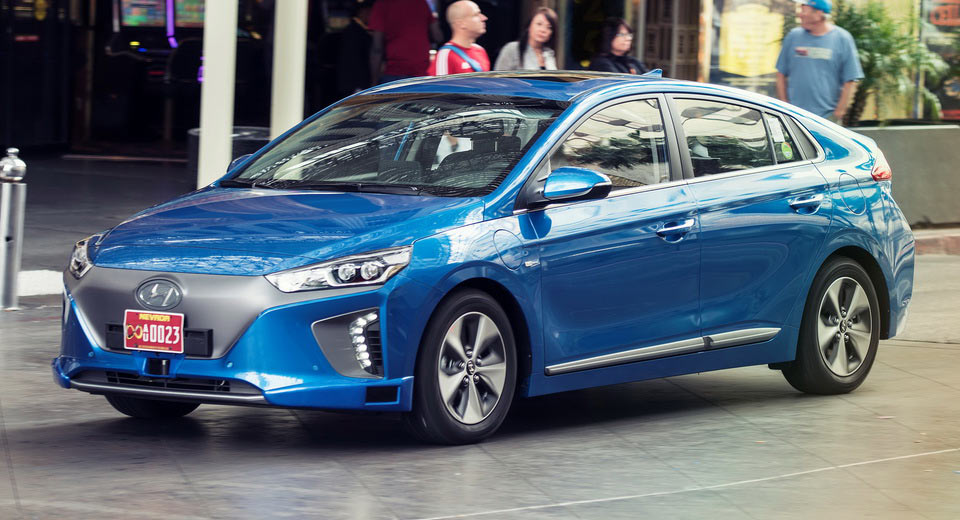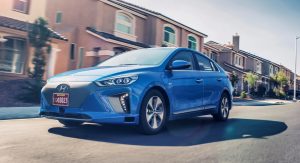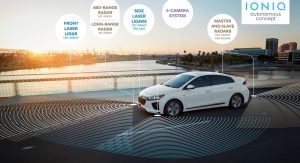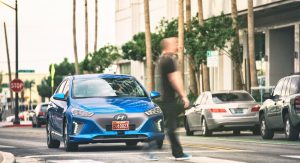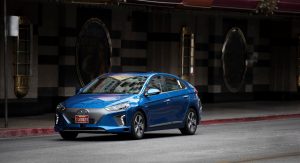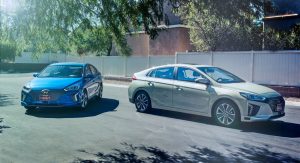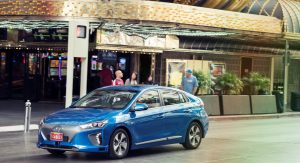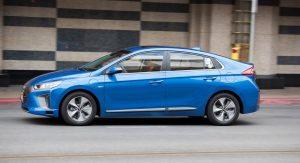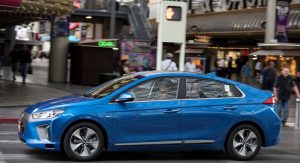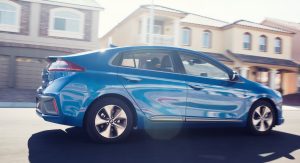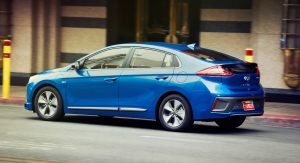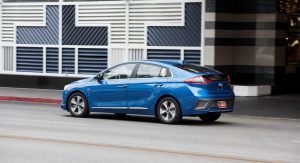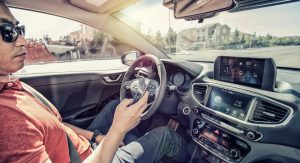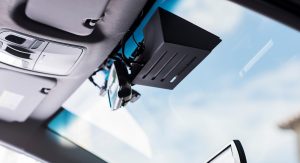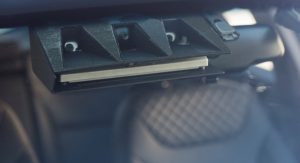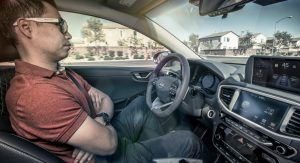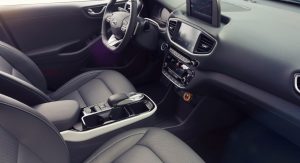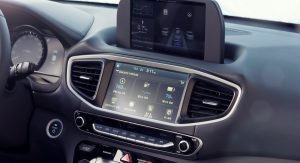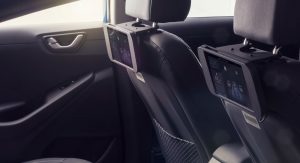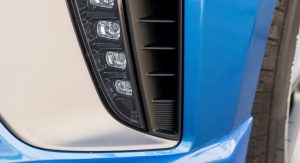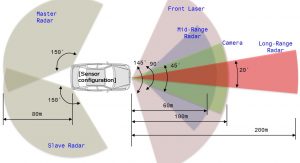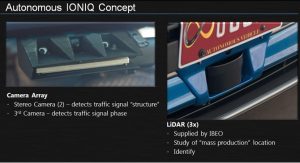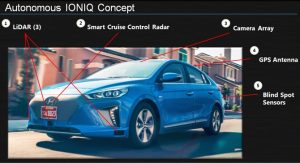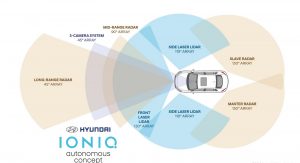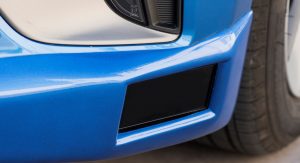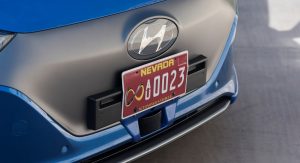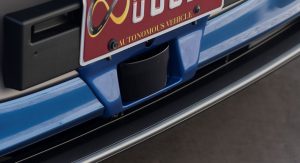With its LiDAR system carefully hidden behind its front bumper instead of nailed onto its roof, Hyundai’s autonomous Ioniq concept is looking to keep self-driving systems as simple as possible.
In order to accomplish this goal, Hyundai engineers took the production car’s Smart Cruise Control’s forward-facing radar, Lane Keep Assist cameras and mixed them up with LiDAR technology.
The Korean automaker is also developing its own autonomous vehicle operating system, with their ultimate goal being to use a lot less computing power compared to their rivals – resulting in a low-cost platform that can lead to more affordable cars in the future.
Other clever features include the three camera array which detects pedestrian proximity, lane markings and traffic signals, the GPS antenna which precisely determines the location of each vehicle, the high-definition mapping data from Hyundai MnSoft, which improves location accuracy, road grade/curvature, lane width and indication data, and even simpler systems such as Blind Spot Detection radar which adds an extra element of safety while changing lanes.
In order to make the transition between active and self-driving modes as smooth as possible, the concept incorporates all autonomous controls into its existing systems for added efficiency.
Furthermore, Hyundai is also debuting two autonomous Ioniq models at the Consumer Electronics Show in Las Vegas this January. These cars are said to be able to handle high levels of pedestrian traffic, stop lights, stop signs and school zones, road construction and roadblocks, speed bumps, dogs without a leash, children playing, shopping centers and even intersections without traffic signals.
Currently, the automaker is testing a total of three autonomous Ioniqs and two autonomous Tucson Fuel Cell vehicles at their R&D center in Namyang, South Korea.



